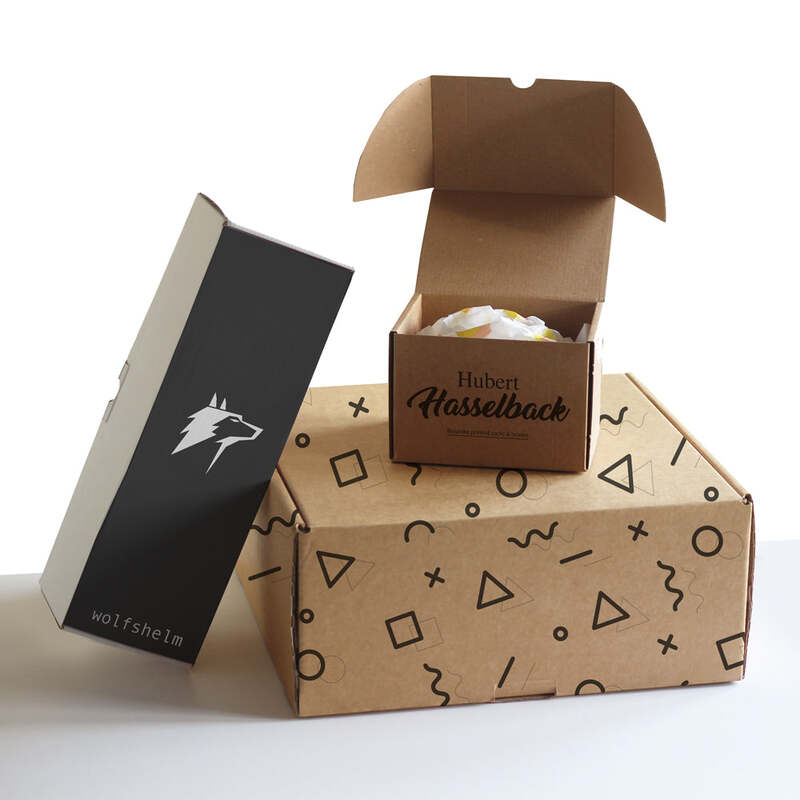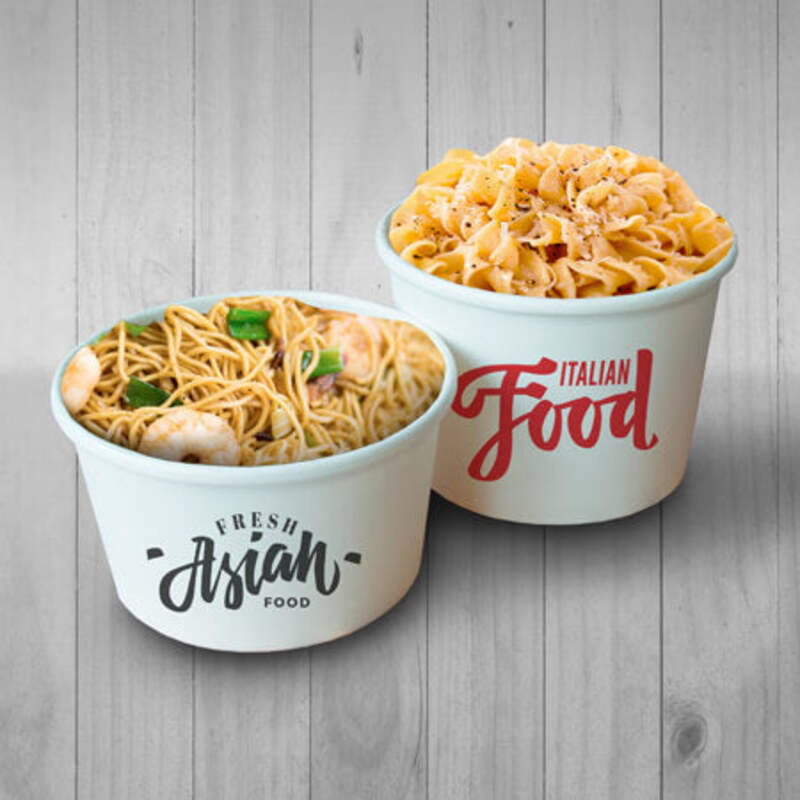- Introduction to parchment and baking paper
: fundamental uses and industry significance - Materials and technical attributes: differences between parchment, baking paper, and greaseproof paper
- Comparative analysis: performance and sustainability metrics
- Vendor landscape: industry leaders and product differentiation
- Custom manufacturing solutions: tailored Paper Baking Moulds and specialty applications
- Case studies: real-world utilization in food and baking industries
- Conclusion and future potential of parchment and baking paper

(parchment and baking paper)
Understanding Parchment and Baking Paper: Foundations for Modern Food Preparation
Parchment and baking paper represent indispensable tools within contemporary kitchens and industrial food production. Widely adopted for their versatility, these materials serve critical roles in ensuring non-stick baking, even heat distribution, and food safety compliance. According to a 2023 report by Grand View Research, the global market for bakery paper products exceeded USD 1.5 billion, reflecting increased demand from home bakers and commercial operations alike. Their growing adoption is driven by consumer preference for healthy, oil-free cooking and the rising trend of take-away bakery products. Parchment and baking paper, including specialty types like parchment greaseproof paper and Paper Baking Moulds, address both consumer convenience and regulatory standards for hygiene and sustainability.
Material Science: Comparing Parchment Greaseproof Paper, Baking Paper, and Alternatives
The technical composition of parchment paper and greaseproof paper varies significantly, resulting in diverse performance profiles. Traditional parchment paper is manufactured through a process called 'parchmentization' which treats cellulose sheets with acid to create a dense, heat-resistant, and nonstick barrier. Baking paper is often silicone-coated, further enhancing its release properties and durability at high temperatures. Greaseproof paper, by contrast, undergoes supercalendering to make it low-porosity and oil-resistant, but it lacks the thermal tolerance of silicone-lined parchment.
These differences manifest in key baking outcomes: while all three types provide effective non-stick properties, only parchment and silicone-coated baking paper consistently withstand oven temperatures up to 220°C (428°F) or higher. The hydrophobic and oleophobic surfaces prevent batter adhesion and moisture migration—an essential attribute for artisanal baking and large-scale confectionery processes. Additionally, specialized Paper Baking Moulds, made from reinforced cellulose composites, integrate rigidity and thermal insulation, supporting intricate cake or pastry shapes without additional metal frameworks.
Performance and Sustainability Analysis
As quality standards increase, buyers compare variables such as maximum heat resistance, release performance, reusability, and post-consumer recyclability. The table below outlines comparative data on these key attributes:
| Parameter | Parchment Paper | Baking Paper (Silicone-coated) | Greaseproof Paper | Paper Baking Moulds |
|---|---|---|---|---|
| Max. Temperature (°C) | 230 | 230 | 180 | 230 |
| Non-stick Efficiency (%) | 95 | 99 | 80 | 97 |
| Reusability (cycles) | 3 | 4–6 | 1 | 1 |
| Biodegradable | Yes | Yes | Yes | Yes |
| Recyclable Content (%) | 80 | 65 | 95 | 80–100 |
| Cost Index | 1.0 | 1.3 | 0.7 | 1.2 |
Relative to parchment paper
Reusable depending on baking environment and application
From the data, parchment and silicone-coated baking sheet products excel in high-temperature and non-stick performance while maintaining compostability—a crucial sustainability parameter as eco-friendly packaging advances.
Vendor Comparison: Market Leaders and Product Innovations
Within this rapidly evolving industry, several prominent manufacturers stand out for quality consistency and innovation. Companies such as Ahlstrom-Munksjö, Nordic Paper, and Papertech lead the global market, each bringing unique technological advancements. For example, Ahlstrom-Munksjö has pioneered ultra-pure, unbleached parchment tailored to organic food brands, while Nordic Paper invests heavily in water-based coating to maximize compostability.
In terms of Asia-Pacific, Paper Baking Moulds from SAGA Paper and Guangdong Qiaoli are notable for their rapid scalability and compliance with food safety protocols (e.g., FDA, EU1935/2004). Quality differentials are measured not only by the functional parameters outlined above but also by traceability, product testing, and packaging versatility. Choose vendors who certify compliance with ISO 22000 or similar global food contact material standards for optimal performance.
Customized Paper Baking Moulds and Specialty Solutions
Modern bakeries and food manufacturers increasingly seek custom solutions for distinctive branding and operational efficiency. Custom Paper Baking Moulds can be developed in virtually any size or geometric profile, ranging from mini-cups to elaborate loaf forms. Technological advancements in die-cutting and high-barrier coatings allow these moulds to be grease-resistant, colored, or even printed with intricate graphics.
Furthermore, customized parchment and baking paper sheets can be supplied pre-cut for trays or integrated with anti-slip features—reducing labor costs and minimizing food waste during batch production. Major suppliers provide tailored packages supported by rapid prototyping, sampling, and regulatory documentation, ensuring that both artisanal pastry chefs and automation-heavy industrial lines benefit from reliable, branded solutions.
Industrial and Artisan Case Studies: Performance in Real-World Baking
Across the global baking industry, the adoption of parchment and baking paper has translated into operational benefits and improved product outcomes. For instance, a major European croissanterie reported a 23% reduction in product loss by switching from greaseproof to silicone-coated baking paper on automated lines, ensuring even browning and easy depanning. Similarly, multinational café operators have adopted unbleached parchment sheets in their ready-to-eat lines, eliminating more than 8 tons of plastic release liners annually.
In the artisanal market, Paper Baking Moulds have empowered specialty patisseries to introduce seasonal desserts with complex shapes that require precise support and presentation—without the need for metallic forms or excess packaging. These examples underscore the tangible benefits in terms of cost savings, food consistency, and reduction in environmental impact metrics.
The Future of Parchment and Baking Paper: Towards Advanced Sustainability and Integration
As regulatory pressures mount and consumer environmental awareness grows, the future of parchment and baking paper lies in smart materials, further reduction of pollutants, and closed-loop recyclability. The sector is poised for innovations including biodegradable coatings that rival silicone, intelligent branding enabled by microprinting, and dynamic mold designs that align with the expanding manufactured foods market. Partnership between suppliers and manufacturers is expected to drive best-in-class hygiene, automation, and compliance, setting new benchmarks in food safety, traceability, and environmental stewardship.

(parchment and baking paper)



